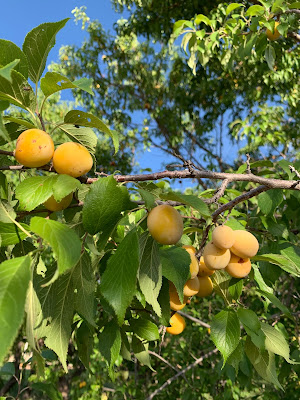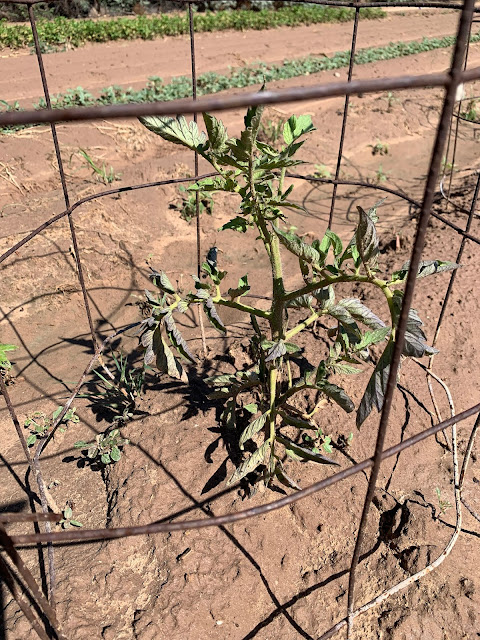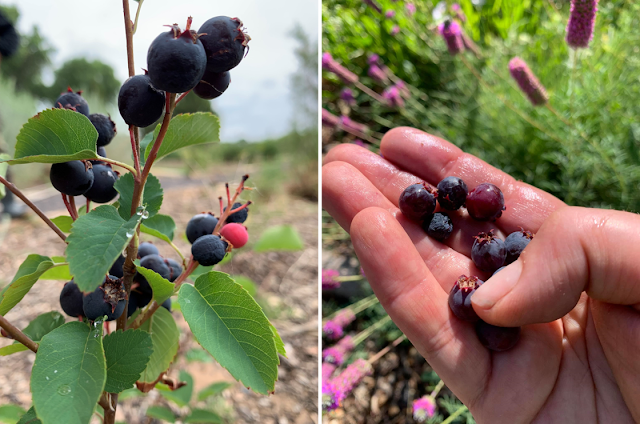Honeydew Drizzles and Cherry Pit Tips

Southwest Yard & Garden by Dr. Curtis Smith with additional observations by Dr. Marisa Thompson ‘Prairie Red’ plums ripening at the NMSU Agricultural Science Center at Los Lunas on July 29, 2021. Photo credit Marisa Thompson. Partial reprints from July 2001 ( https://aces.nmsu.edu/ces/yard/2001/071401.html ), written by Dr. Curtis Smith Question: I have a willow tree that seems to be "raining" down what feels like moisture in hot weather. Is this common? What is the tree doing? If you look at the tree with the sun behind it, you can see the droplets falling. Answer: This is a common occurrence in the summer. The most likely cause is an infestation of aphids feeding on liquids in the leaves of the tree. This "sap" is high in sugar and low in protein, so a large quantity of sap must be consumed. Surplus water and sugar (in the form of a syrupy substance called honeydew) are excreted by the aphids. This


